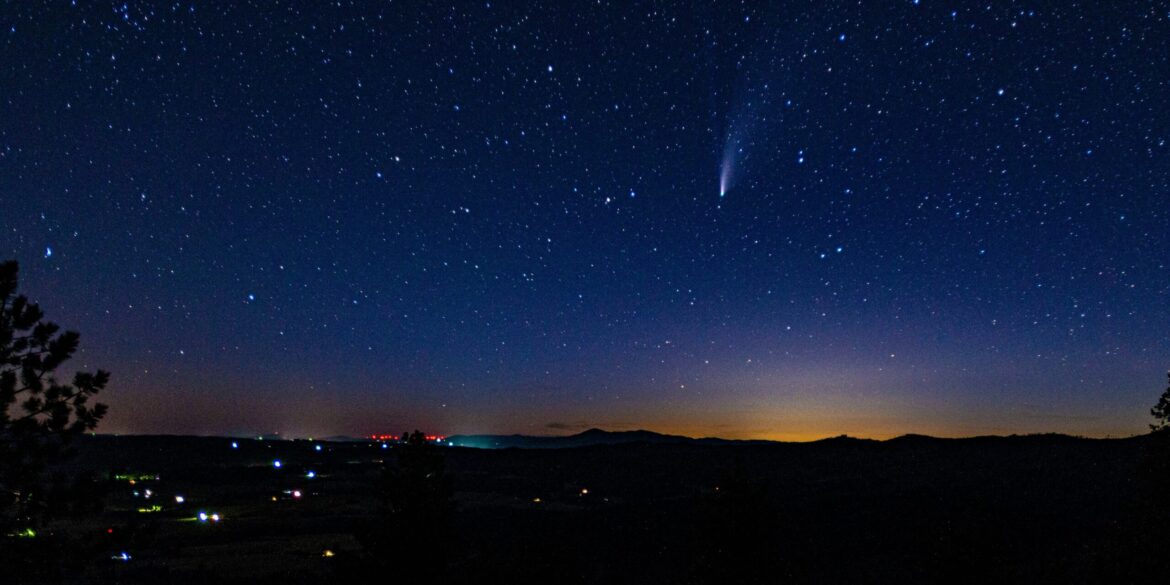The 2025 Draconid meteor shower, which is produced by the debris left behind by comet 21P/Giacobini-Zinner, reached its peak on October 8, offering skywatchers a stunning celestial display. This year’s shower was particularly notable due to its enhanced activity, providing an exciting opportunity for astronomers and stargazers alike. Predictions suggested that a radar outburst would occur between 15:00 and 16:00 UT, primarily driven by the 2012 meteoroid trail.
The Draconid meteor shower, which typically occurs in early October, is known for its dramatic bursts of activity. However, this year’s event was especially captivating due to the increased intensity of meteor activity. The enhanced outburst, coming from the 2012 trail, presented a rare chance for scientists to study the structure of young meteoroid streams, a phenomenon that could offer valuable insights into the behavior and composition of meteoroids in our solar system.
Unlike other meteor showers, the Draconids are best observed in the evening and early night hours. The meteors associated with this shower are often slower and can leave long, colorful trails across the sky. The 2025 event was particularly interesting because of the anticipated radar outburst, which allowed astronomers to track the meteors’ paths and further analyze the distribution of debris left by comet 21P/Giacobini-Zinner.
Astronomers have long studied meteor showers to understand the nature of the objects that produce them, and the Draconids have provided a wealth of information over the years. This year’s heightened activity helped deepen the understanding of how meteoroid streams evolve over time and how their structure can influence meteor showers. The event also emphasized the importance of observing and tracking meteor showers to gain a better understanding of the broader dynamics of the solar system.
While the peak of the 2025 Draconid meteor shower offered a visual spectacle for skywatchers, it also presented an important opportunity for the scientific community. As meteor showers continue to serve as natural laboratories for studying the cosmos, the Draconid meteor shower’s enhanced activity provided a rare glimpse into the workings of young meteoroid streams and their potential for future research.

